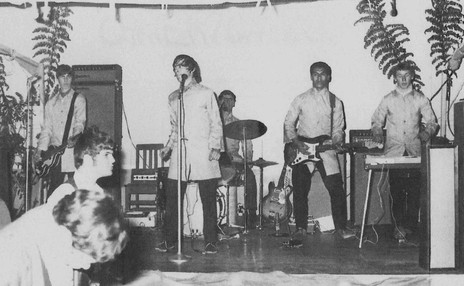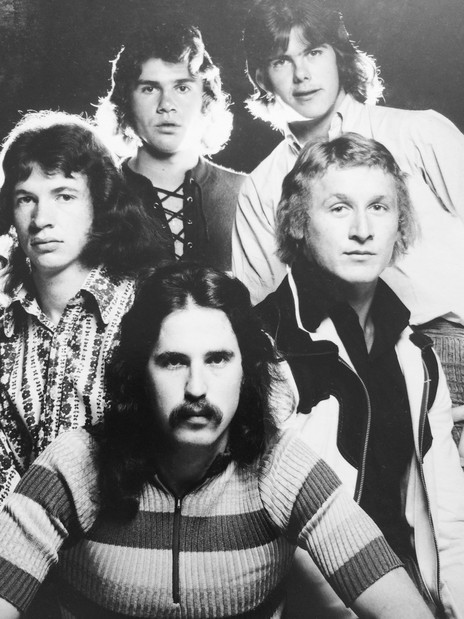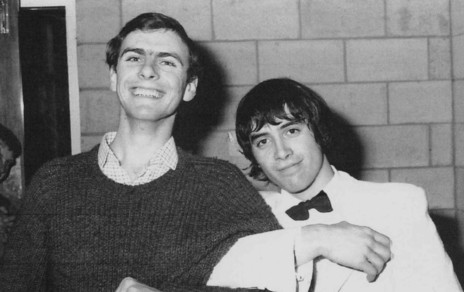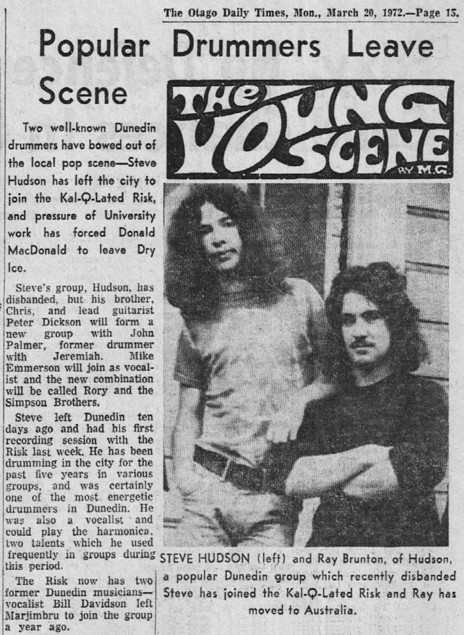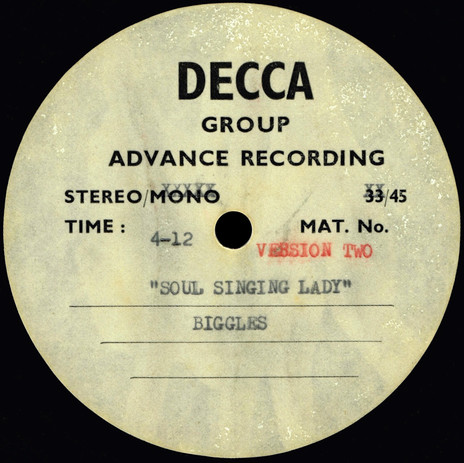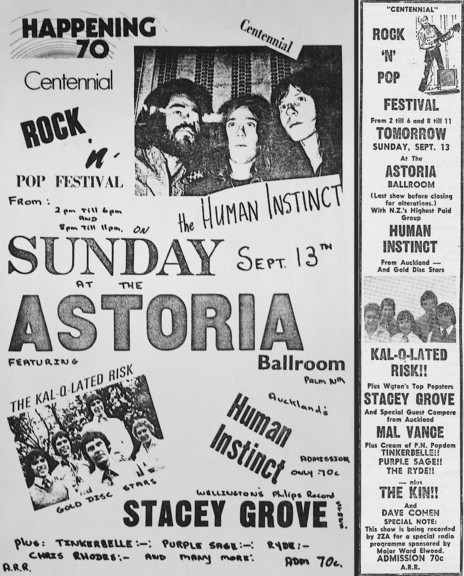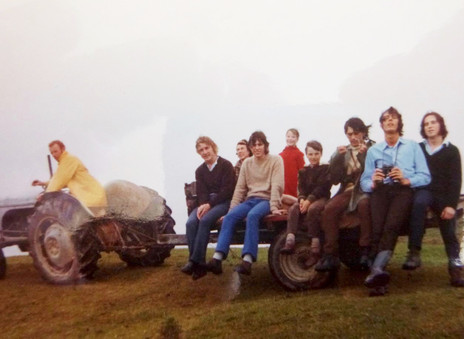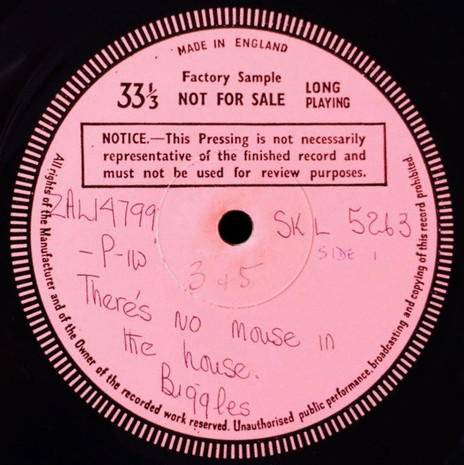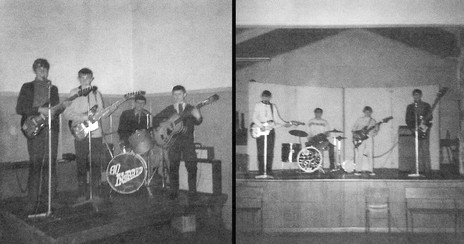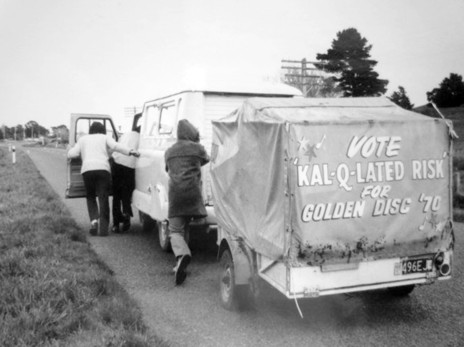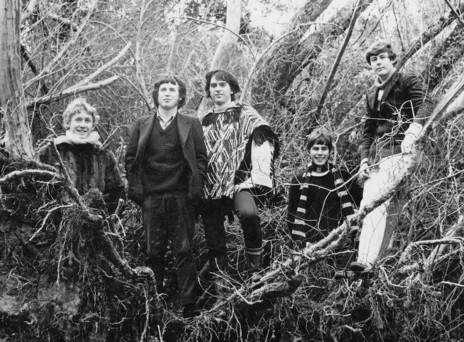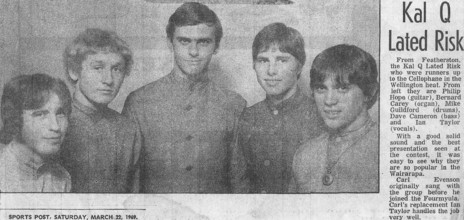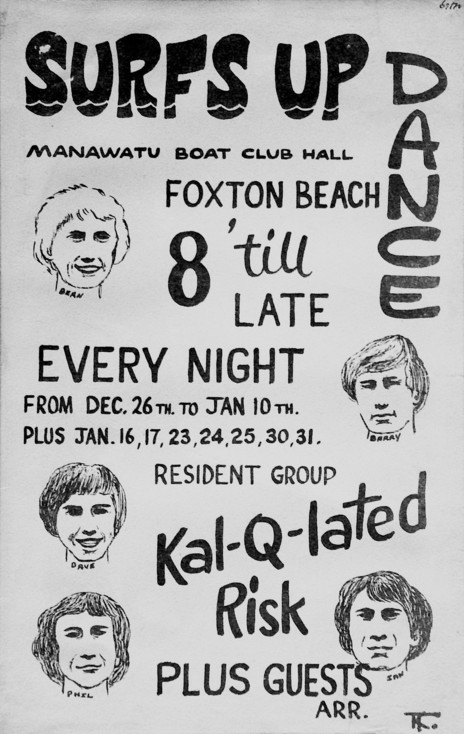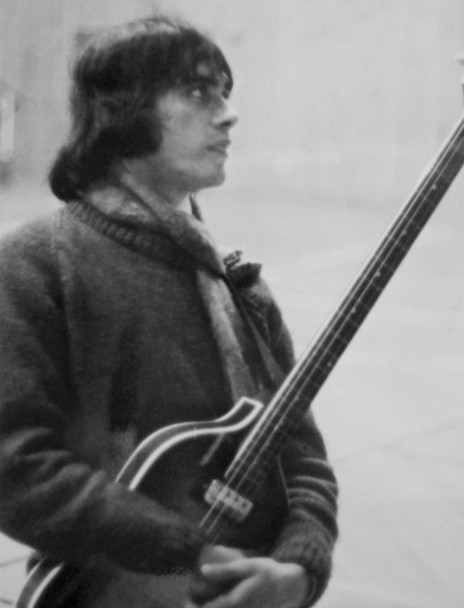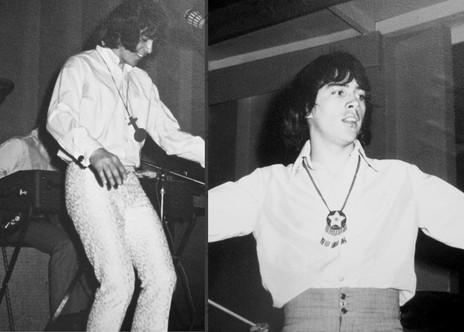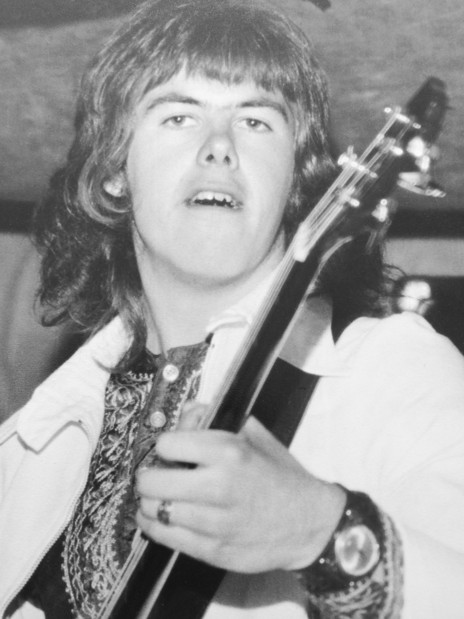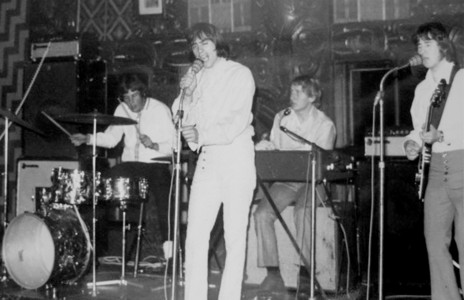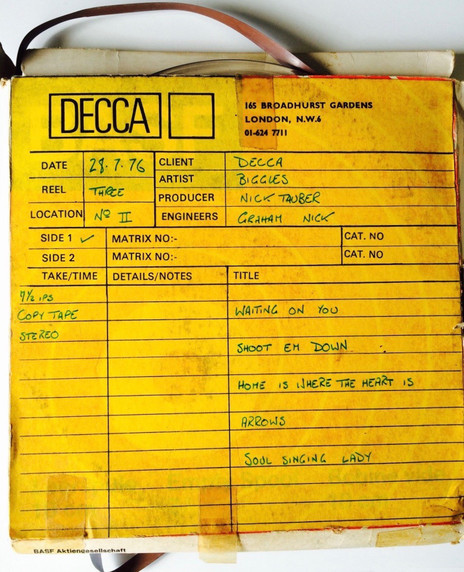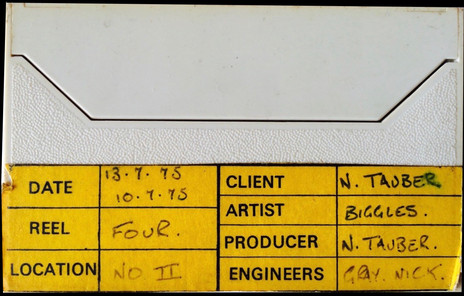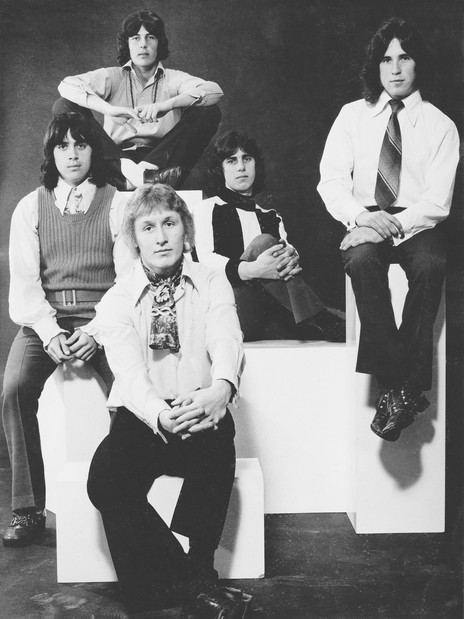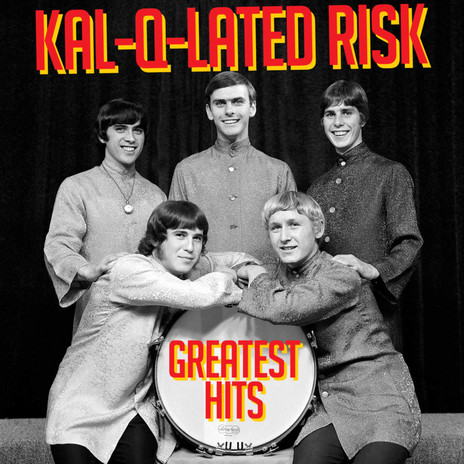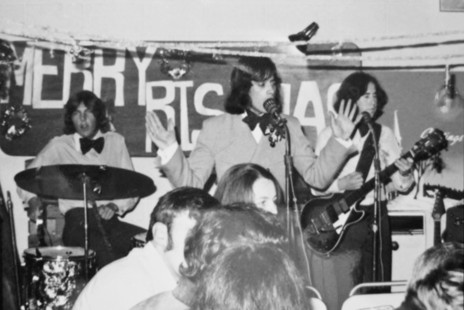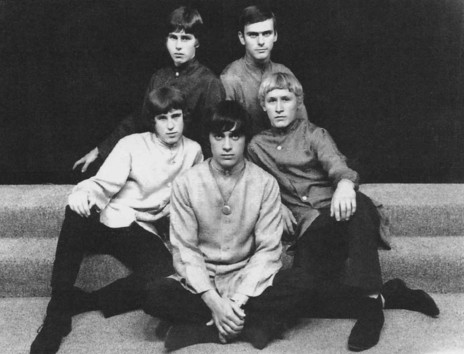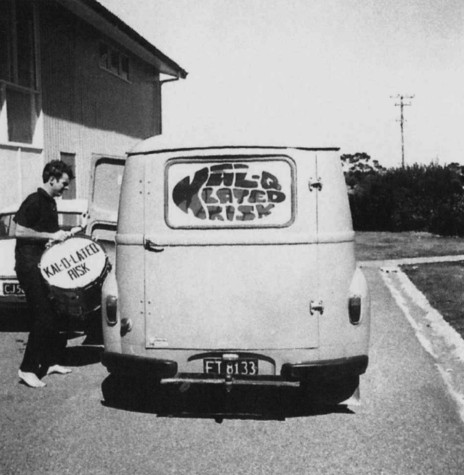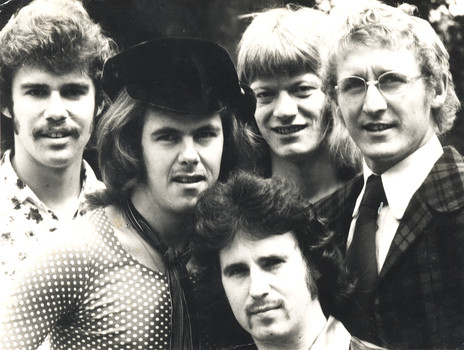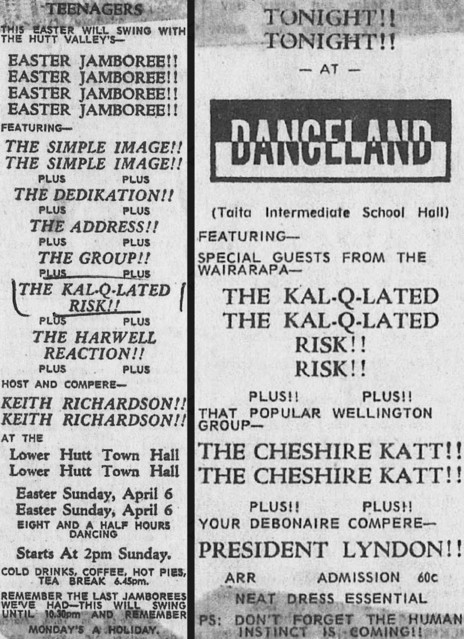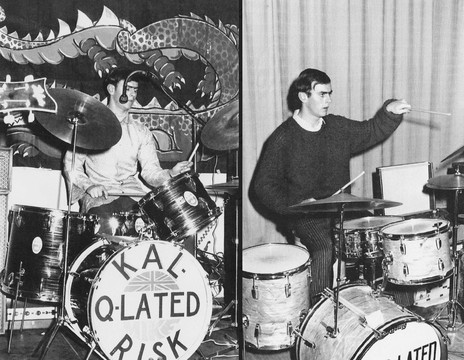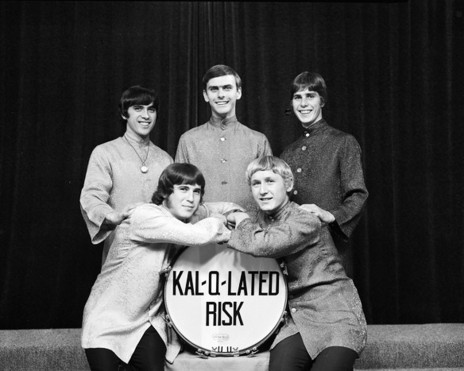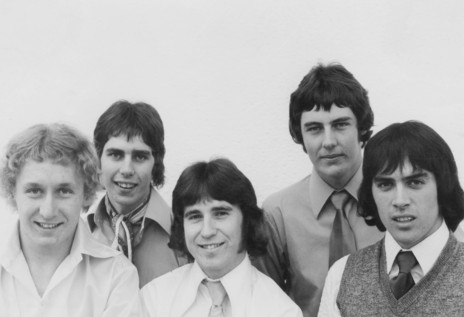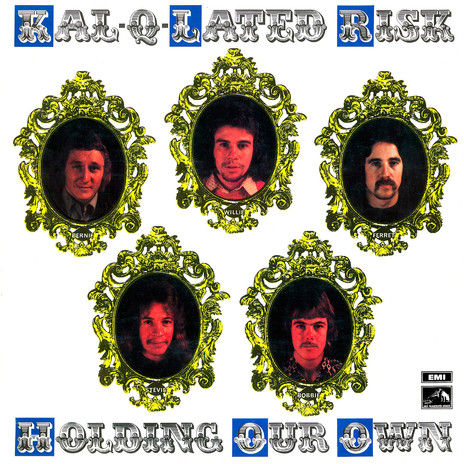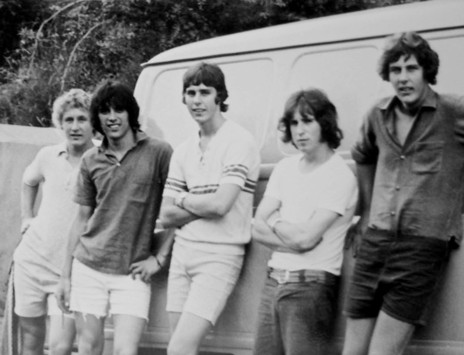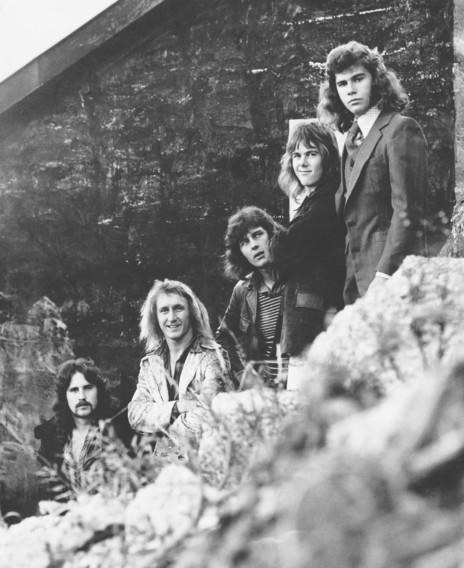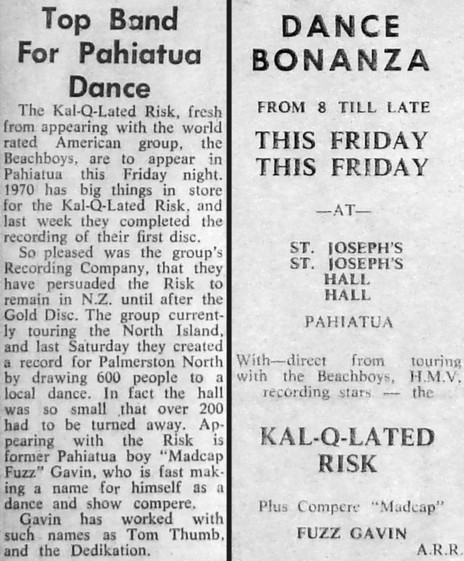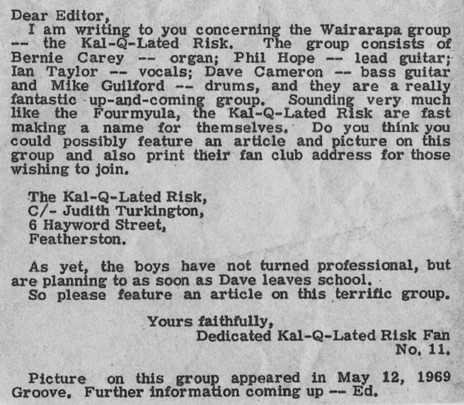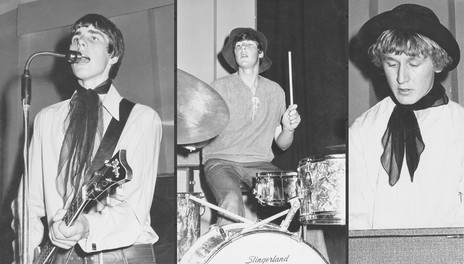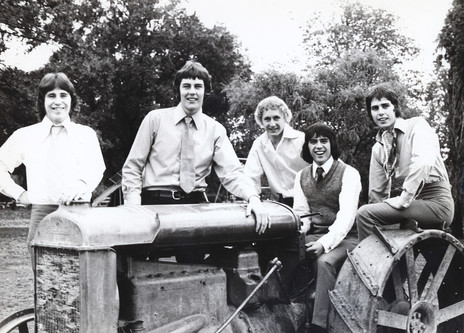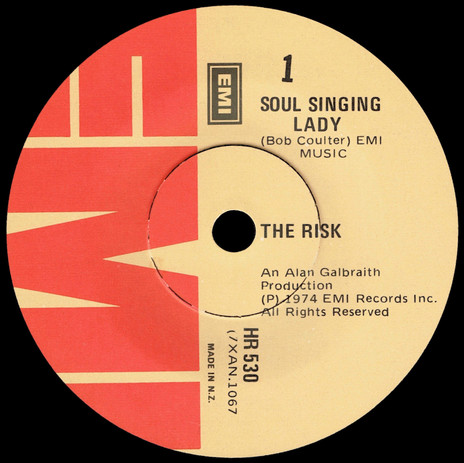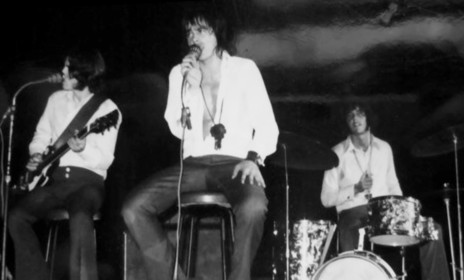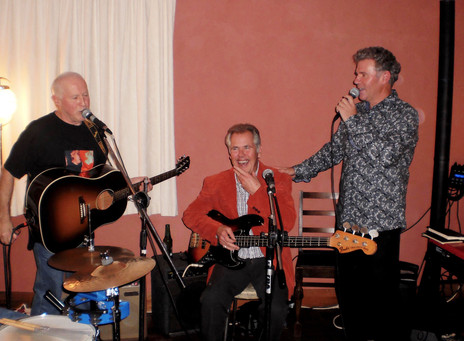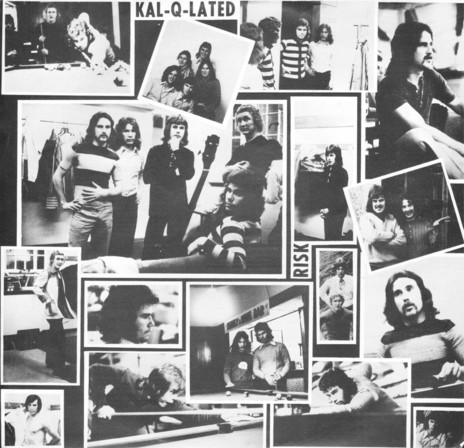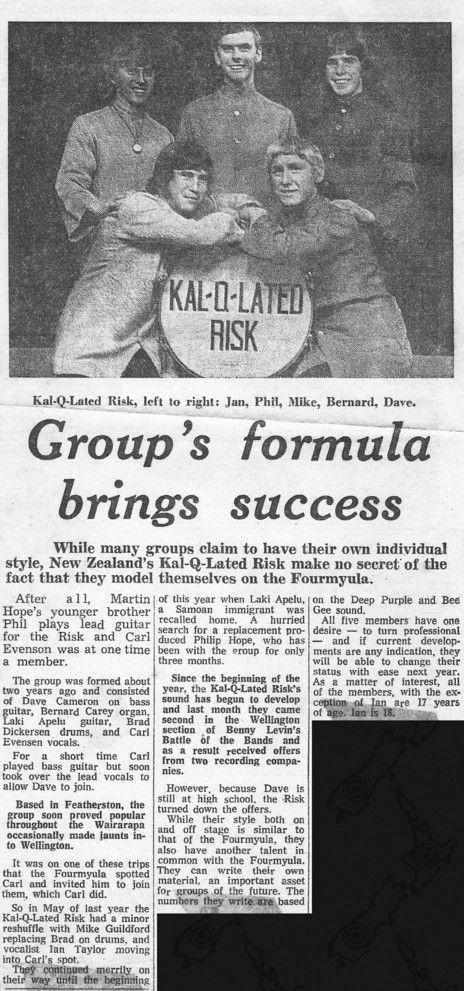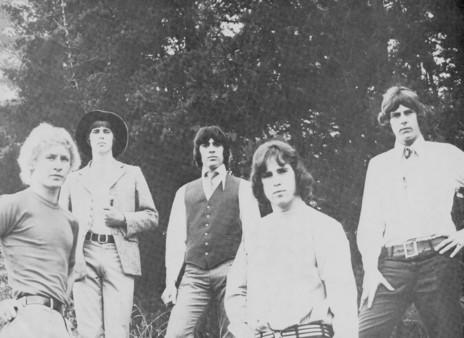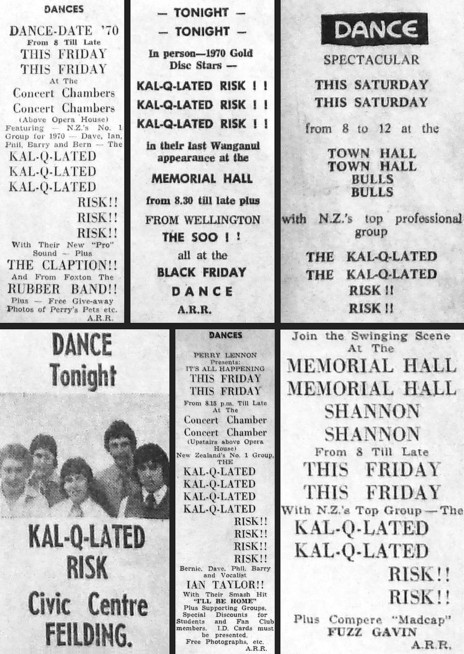Early on their career, in the late 1960s, the Kal-Q-Lated Risk seemed to shadow The Fourmyula. Whereas the latter group came from Upper Hutt, just south of the Rimutaka Ranges, The Risk – as they were often nicknamed, and briefly called – came from Featherston, where the Rimutaka hill road meets the Wairarapa Plains.
The Kal-Q-Lated Risk inherited a manager from The Fourmyula, Perry Lennon, and one of their guitarists, Phil Hope, was brother of The Fourmyula’s Martin Hope. The Risk also travelled to England on a cruise liner, paying for their voyage by playing with two concerts a day for passengers. In London they signed a recording contract with a major label but – like The Fourmyula – only to see their UK-recorded album sit on the shelf.
In 1968 The Risk’s original vocalist Carl Evensen jumped ship to The Fourmyula, so perhaps the recruitment of Phil Hope was compensation. Evensen was replaced by Ian Taylor; his voice was similar, writes Roger Watkins in When Rock Got Rolling, so “the band hardly hiccupped at this change. Indeed, they consolidated and took determinedly to the well-worn trails around the circuit.” The band regularly gigged in the Manawatu and Horowhenua, especially Palmerston North.
The Kal-Q-Lated Risk had three hits in the New Zealand charts.
The Kal-Q-Lated Risk had three hits in the New Zealand charts: ‘Angelina’ (No.16 in 1971), ‘Looking Through the Eyes of a Beautiful Girl’ (No.14 in 1971), and ‘Touching Me, Touching You’ (No.21 in 1972). ‘Angelina’ in particular – by UK songwriter Neil Innes, who later wrote all The Rutles’ parody Beatles songs – was a staple for New Zealand pop radio stations right through the 1970s.
An article in the NZ Listener in April 1970 described the group’s talent – and its ambition. Most of the group, wrote the Listener’s correspondent, was capable of writing excellent songs, with Bernie Carey’s ‘Rachel, Rachel’ being the most promising of the titles they were about to record for HMV. “Although the boys haven’t been into the recording studios yet, their first session is expected to produce interesting and original sounds.” The group had only turned professional six months earlier, and had set their sights high: “to enter and win the Golden Disc and record their own material.” A monthly newsletter was available from their fan club’s “dedicated and beautiful secretary”, Miss Lynette Benson of Featherston.
Two months later an Auckland Star music writer predicted that if the group’s first single ‘I’ll Be Home (in a Day or So)’ “doesn’t take them into the top five and establish them as one of the brightest straight pop outfits to emerge from New Zealand, I’ll be very surprised.” ‘Rachel, Rachel’ was on the B-side, and although the single didn’t chart, the Star said the lead cut was “beautifully backed with an orchestral and beat instrument mixture.”
The Kal-Q-Lated Risk’s career lasted from 1968 until 1977, and their story is an archetype of a band of the period, which was trying to battle “the tyranny of distance”. They lost a lead singer – Taylor – to compulsory military training (he later became a host of Spot On before becoming an computer animation entrepreneur); they cut their teeth on the fledgling breweries circuit when pubs finally stayed open after 6pm; they battled to record original songs; there were many line-up changes, dodgy promoters, and endless trips in Transit vans. “They certainly made a name fror themselves in New Zealand, even making the-then obligatory trip to the UK,” writes Watkins. “However, lasting fame eluded them and they elected to retire gracefully in the mid-1970s.”
Chris Pike writes the story of the Kal-Q-Lated Risk for AudioCulture in two parts.
--
The Kal-Q-Lated Risk - part 1
The Kal-Q-Lated Risk - part 2
